A group exhibition on how power inscribes itself into our bodies
Vernissage
Fri 13 Oct 6 – 9 pm
Opening hours
Wed – Sat 2 – 6 pm
and by appointment at office@frontviews.de
Free entrance
Location
Frontviews at HAUNT
Kluckstraße 23 A / yard
D - 10785 Berlin
Kunstfonds Bonn supports this project indirectly by providing Timo Herbst and Victor Petrov a working grant for 2023. Thank you! It´s also made possible with the initiative of the whole collective.
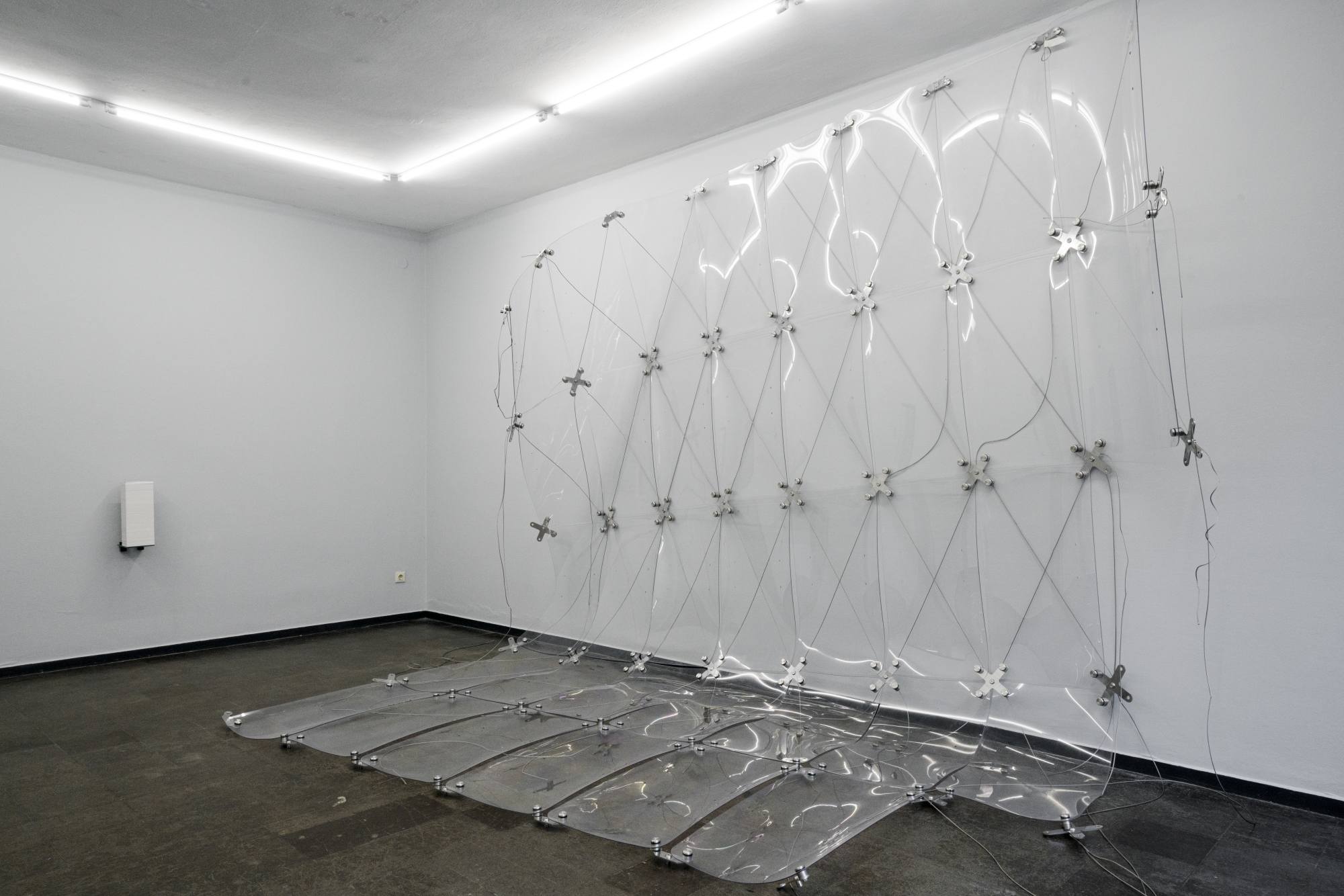
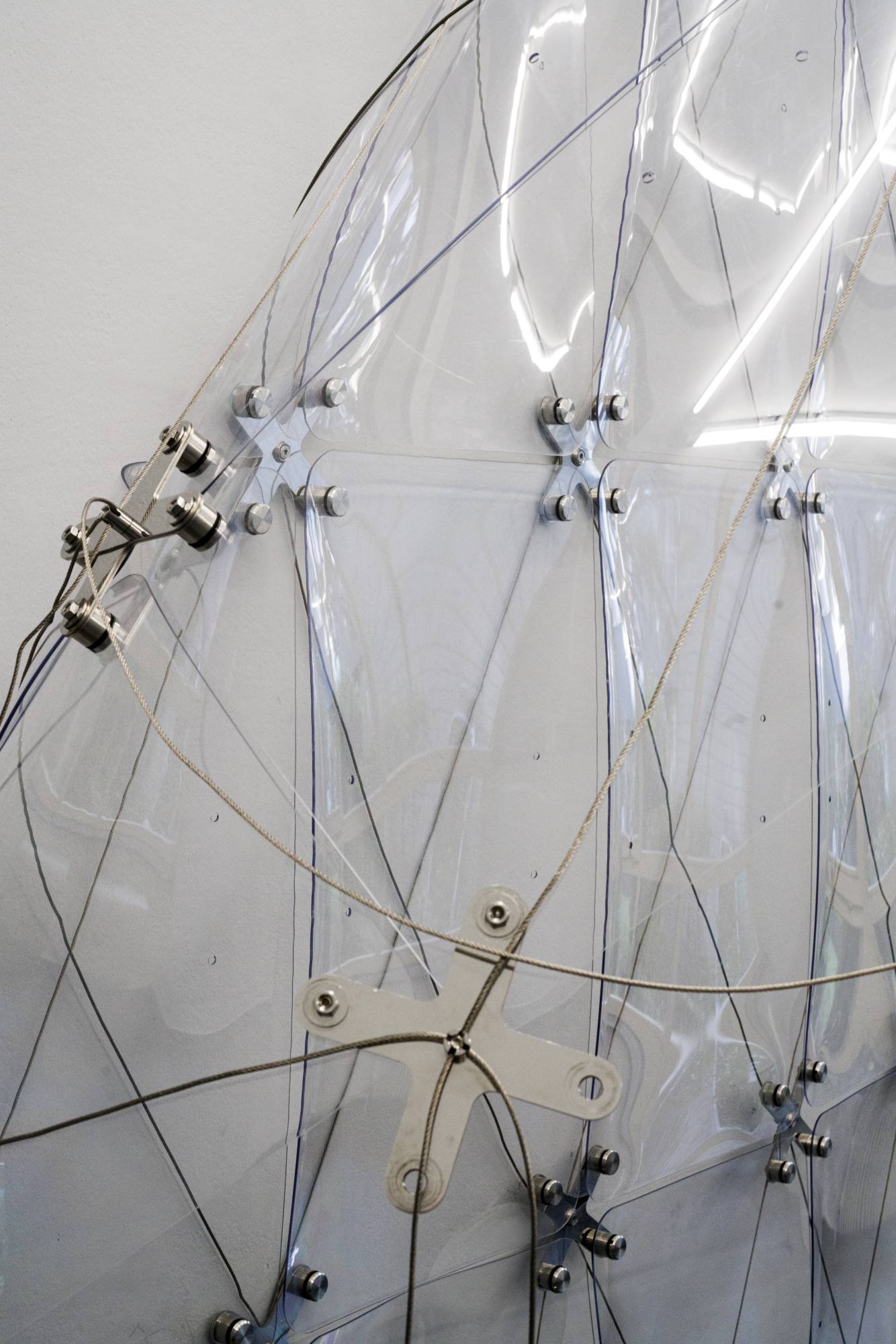
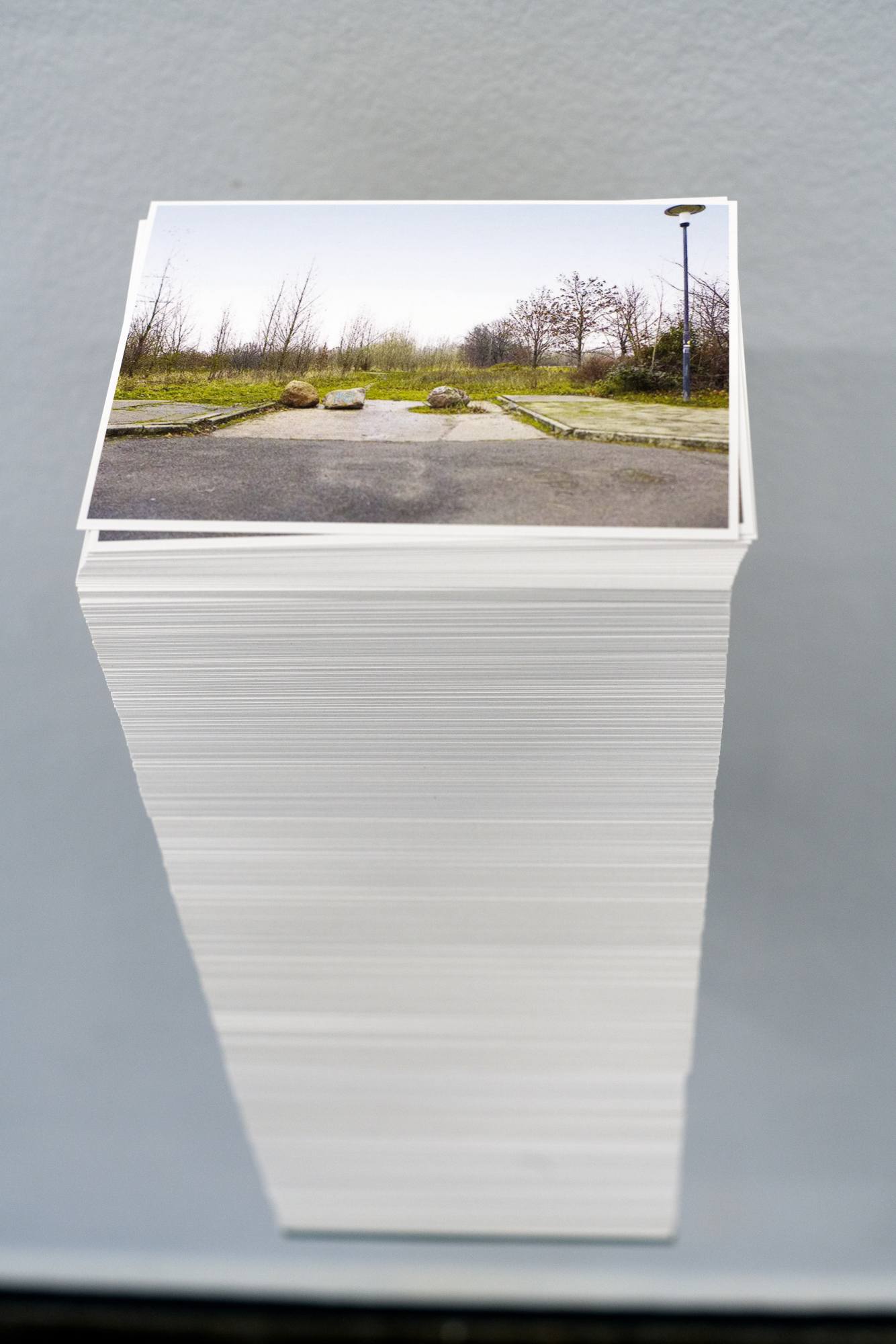

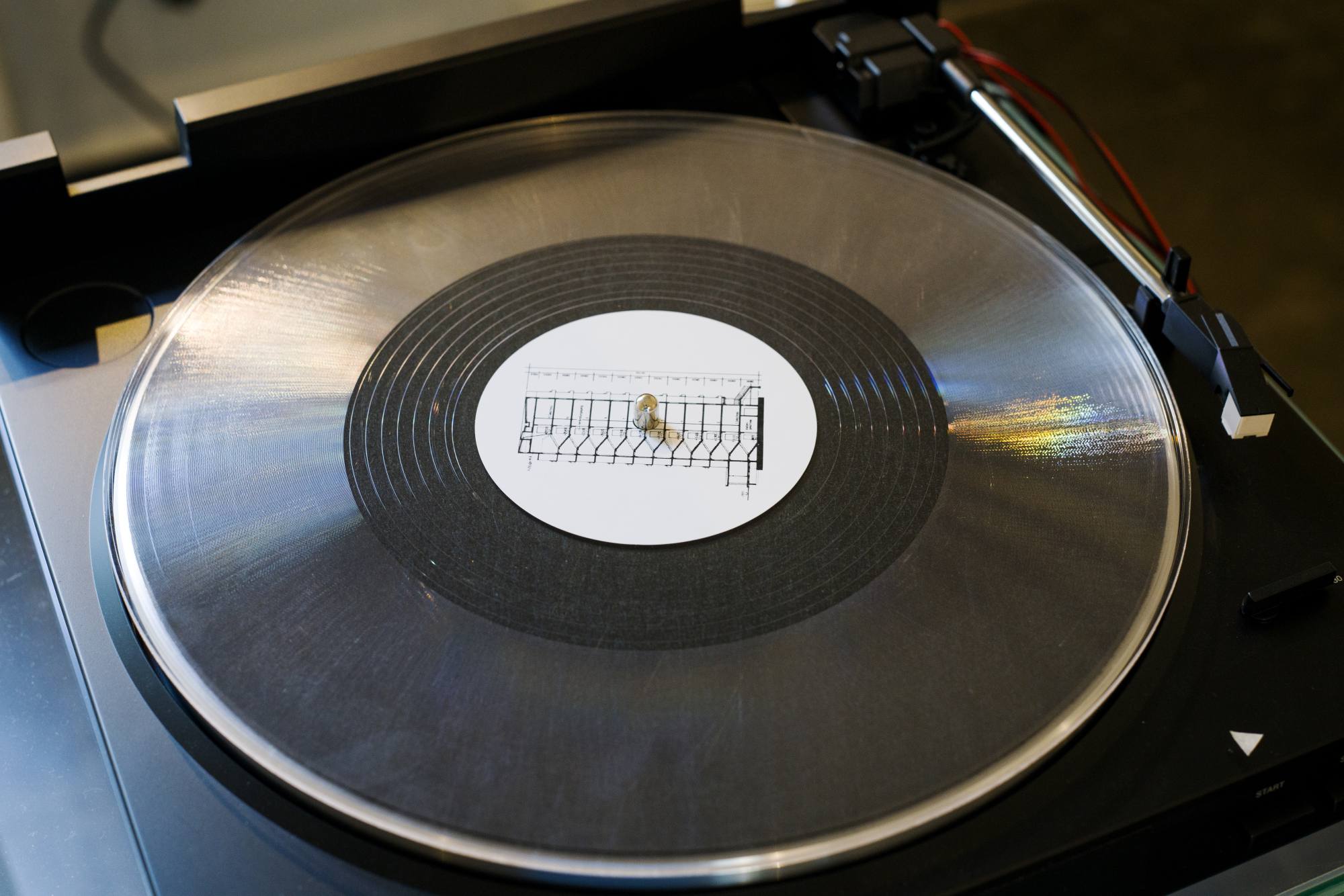
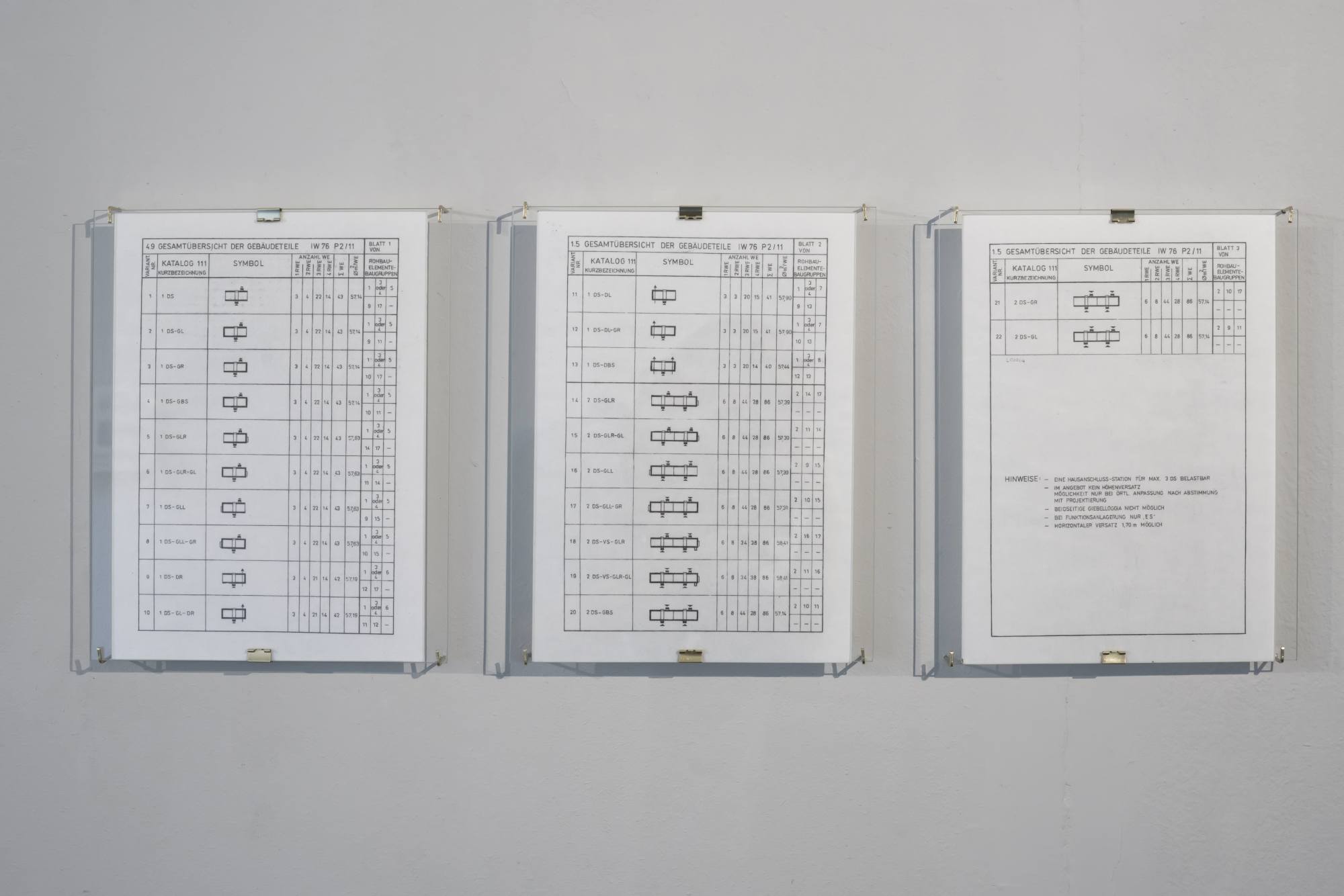
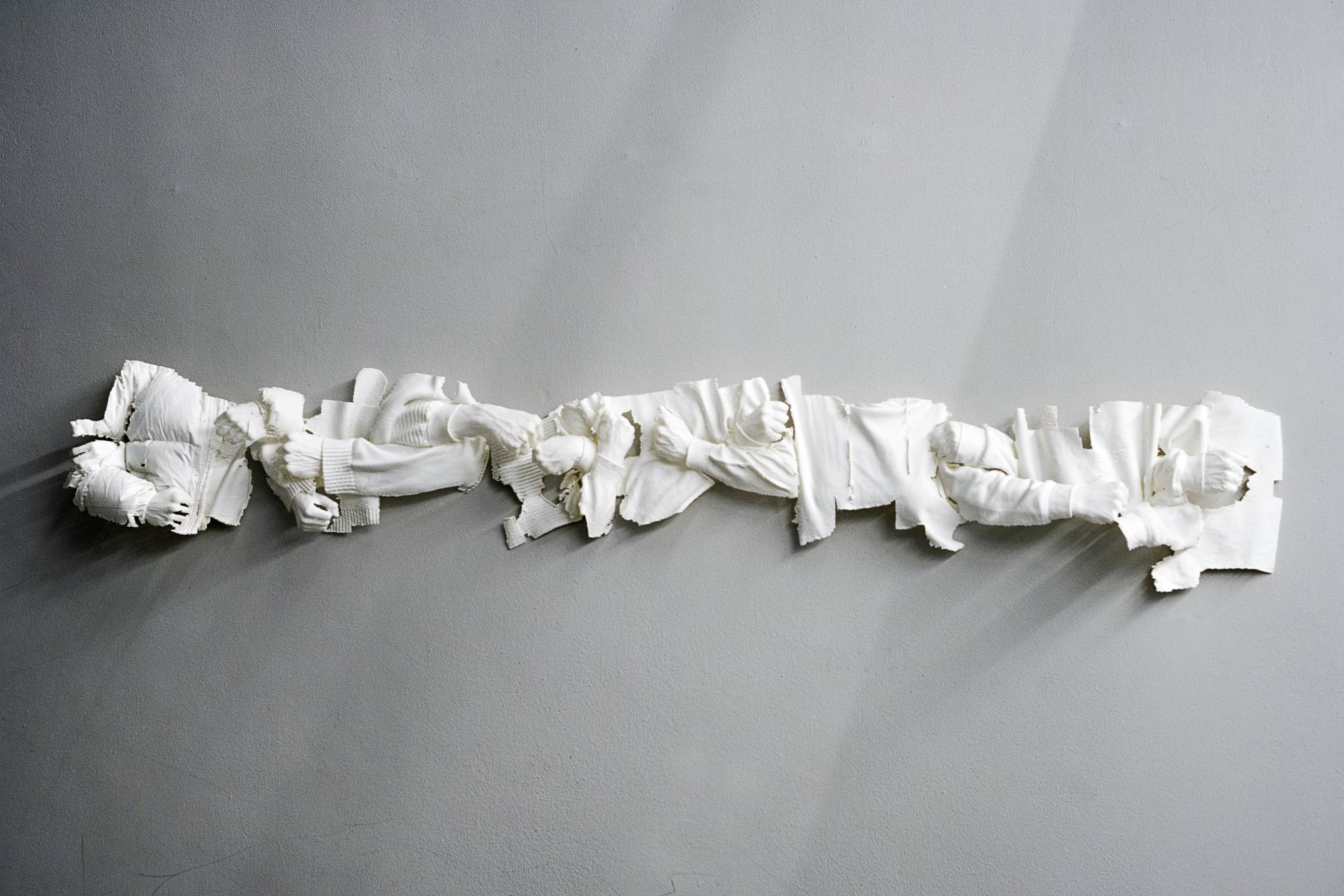
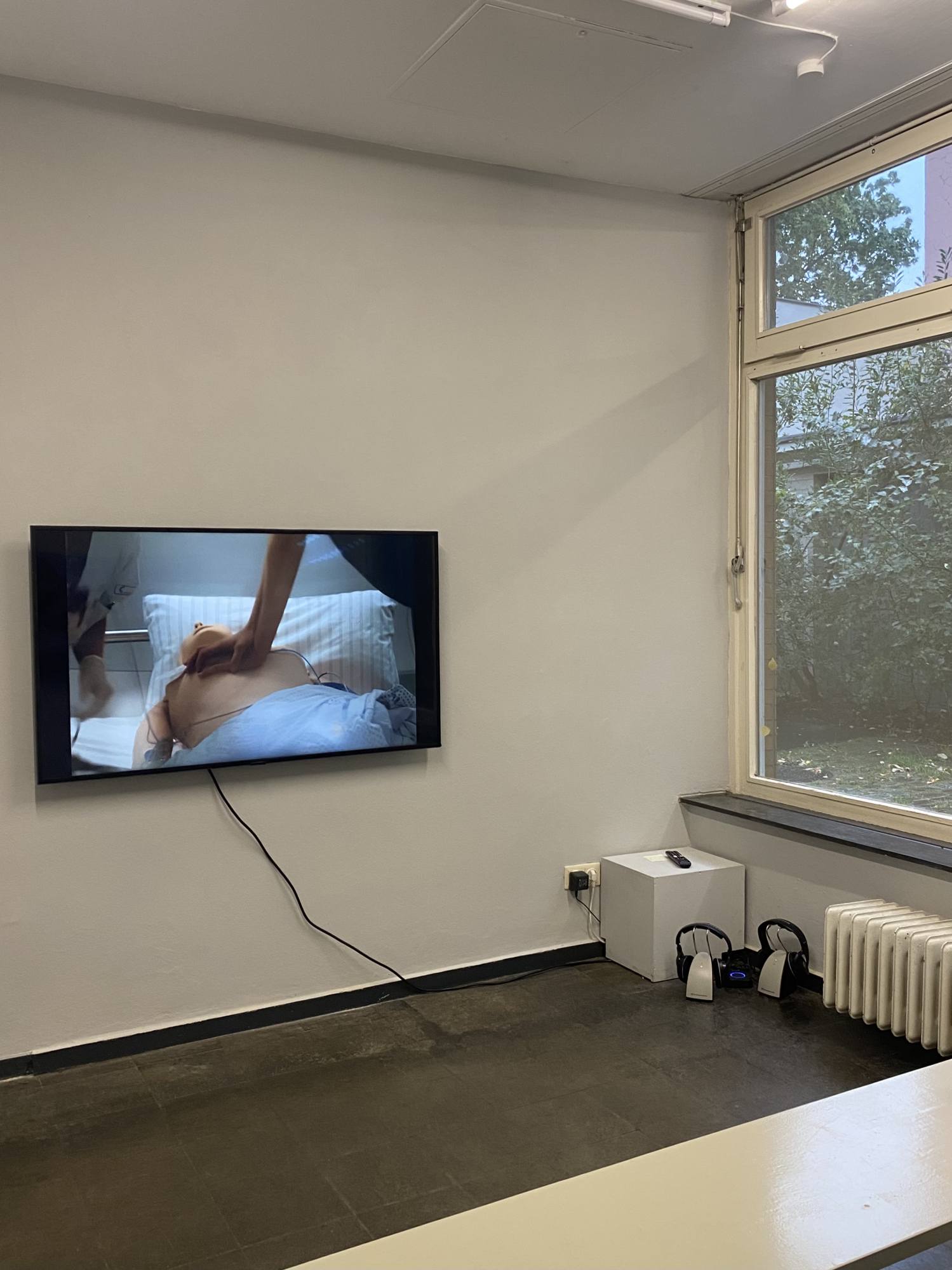
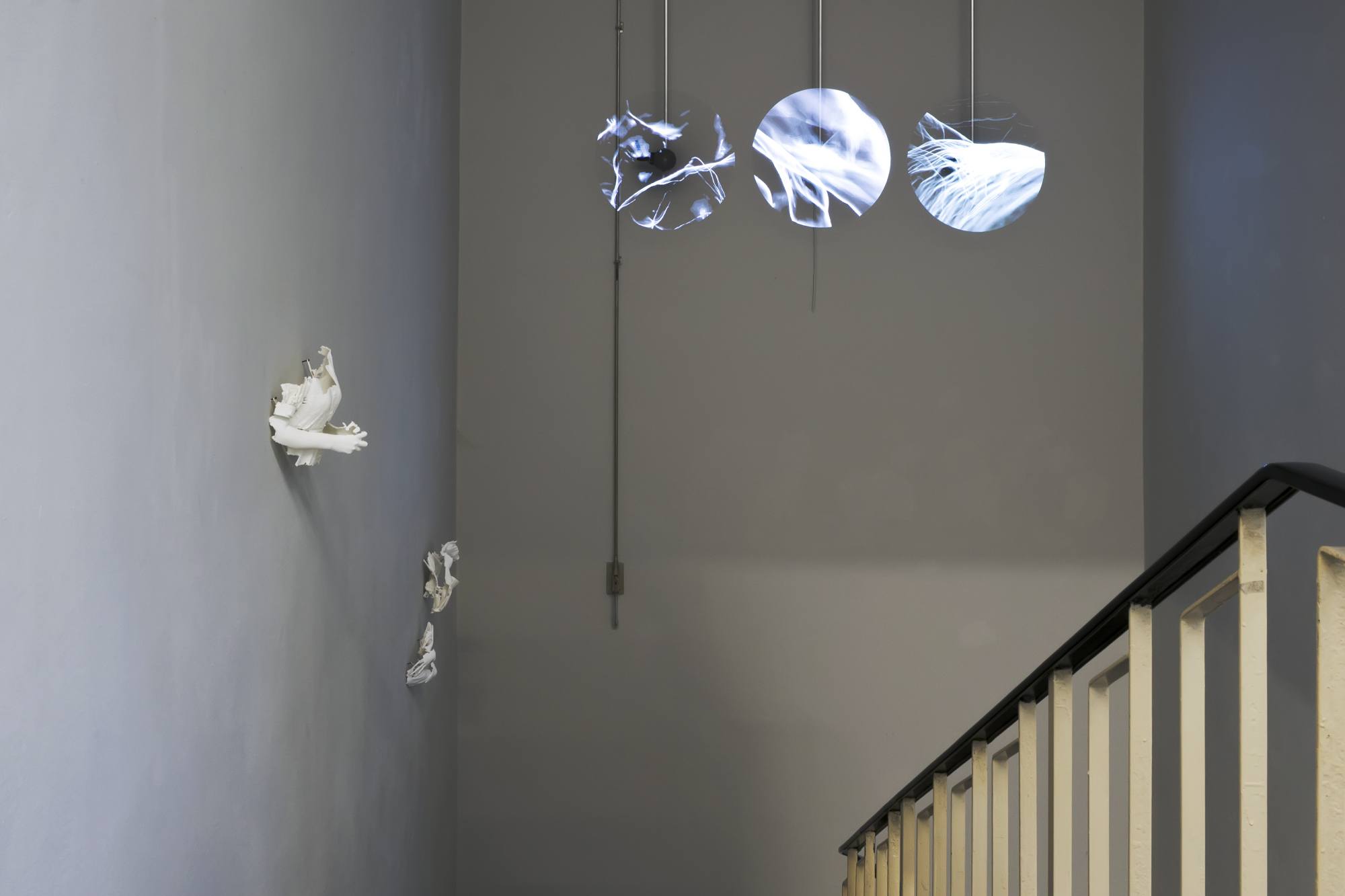
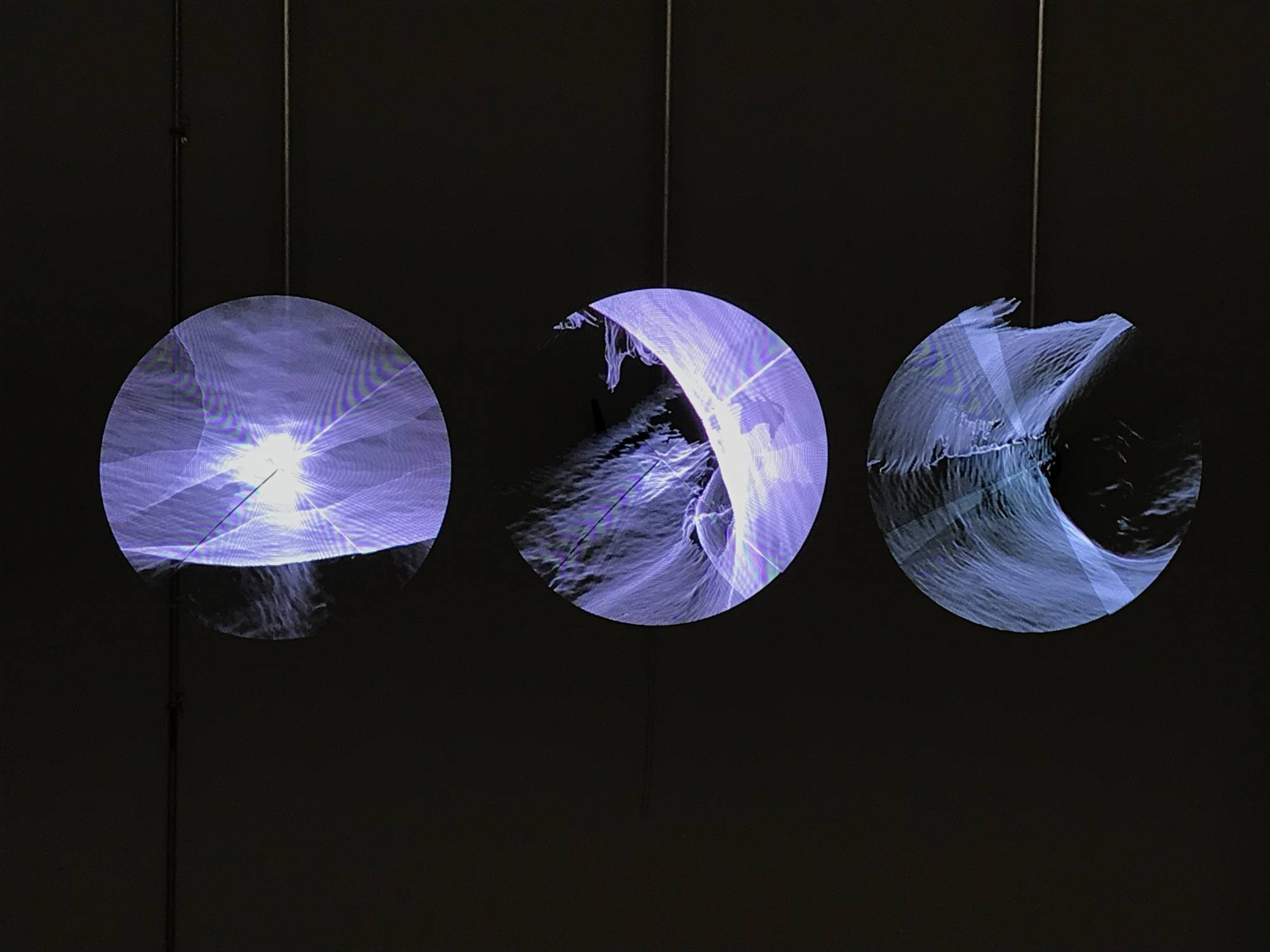
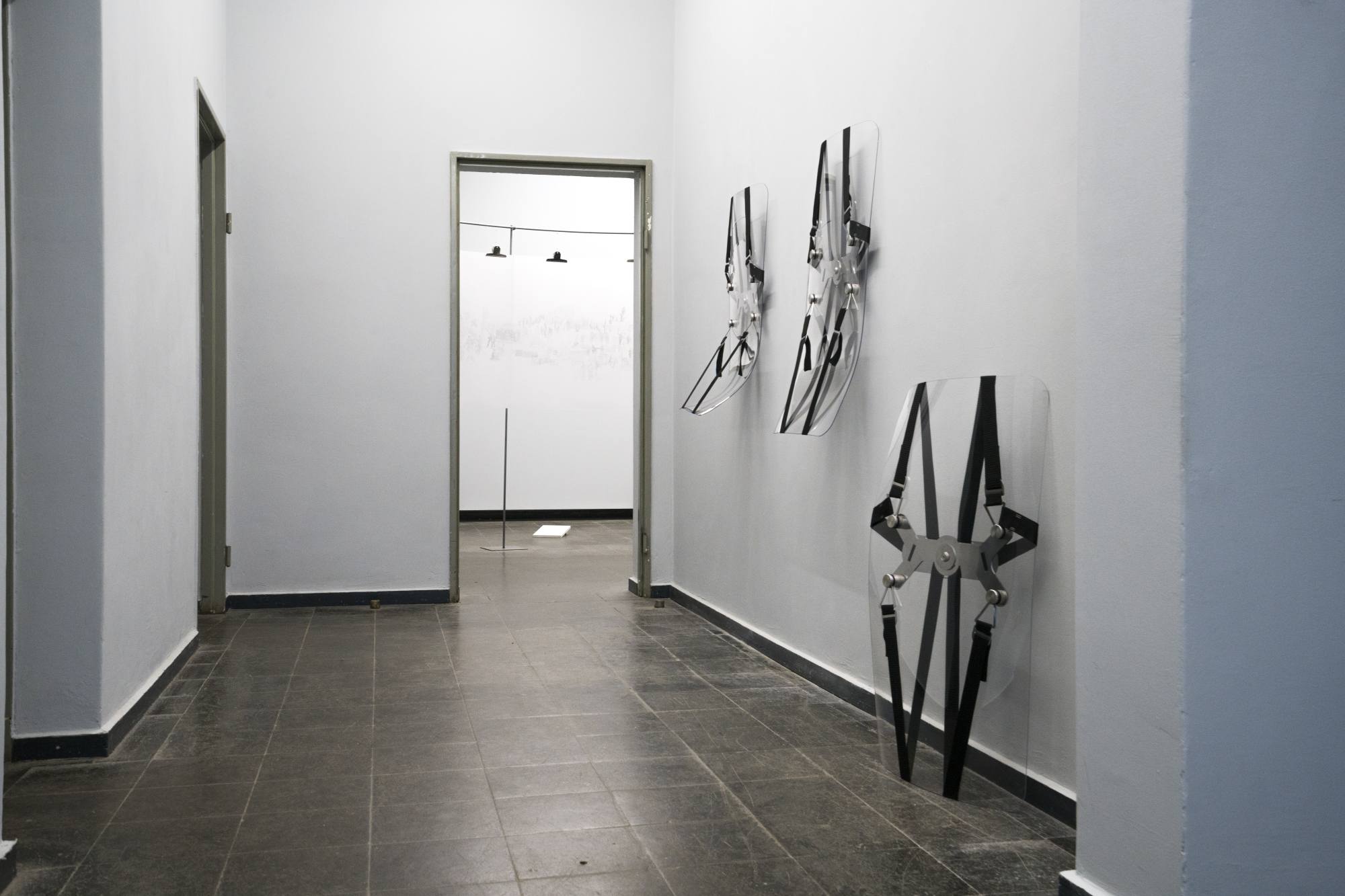
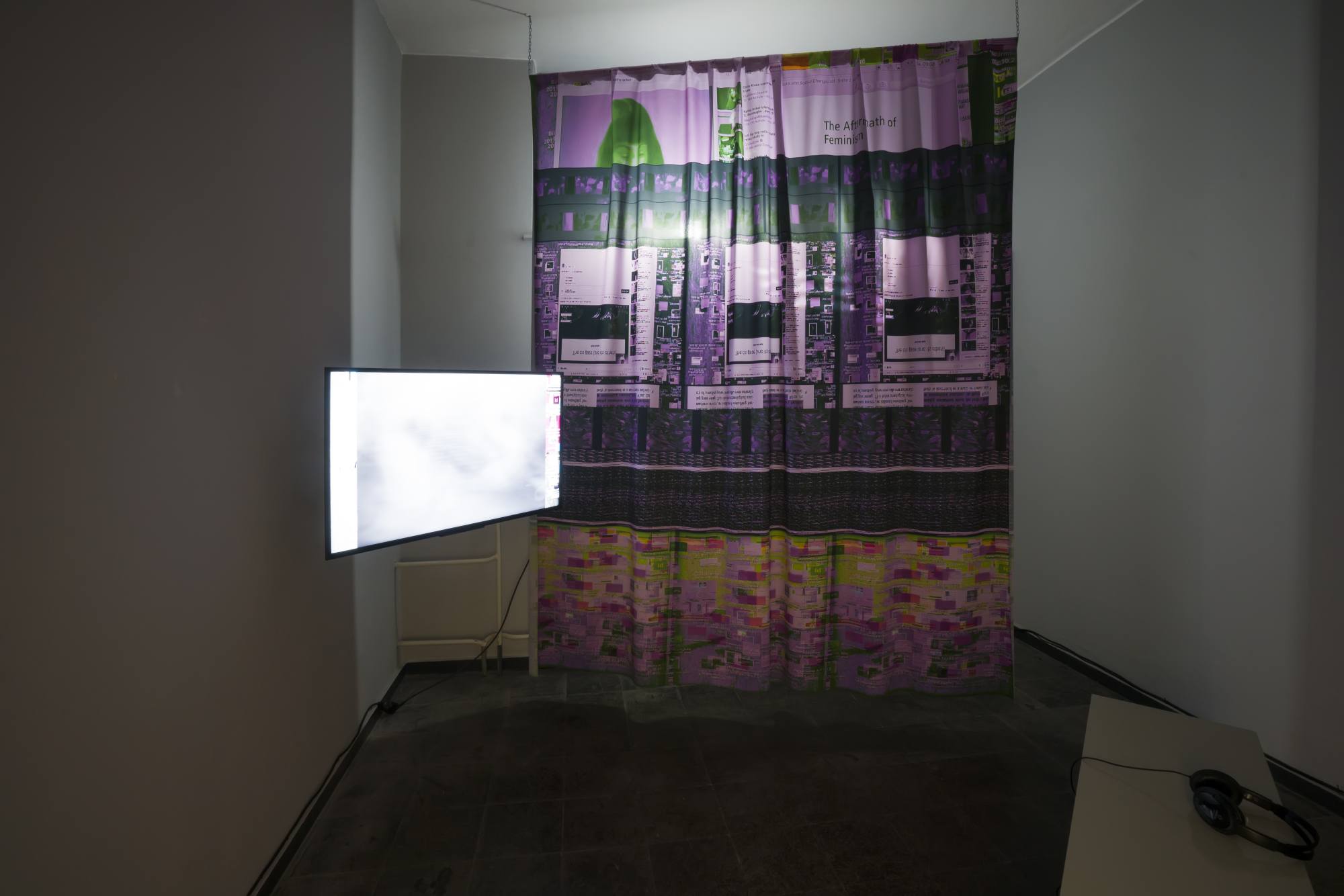
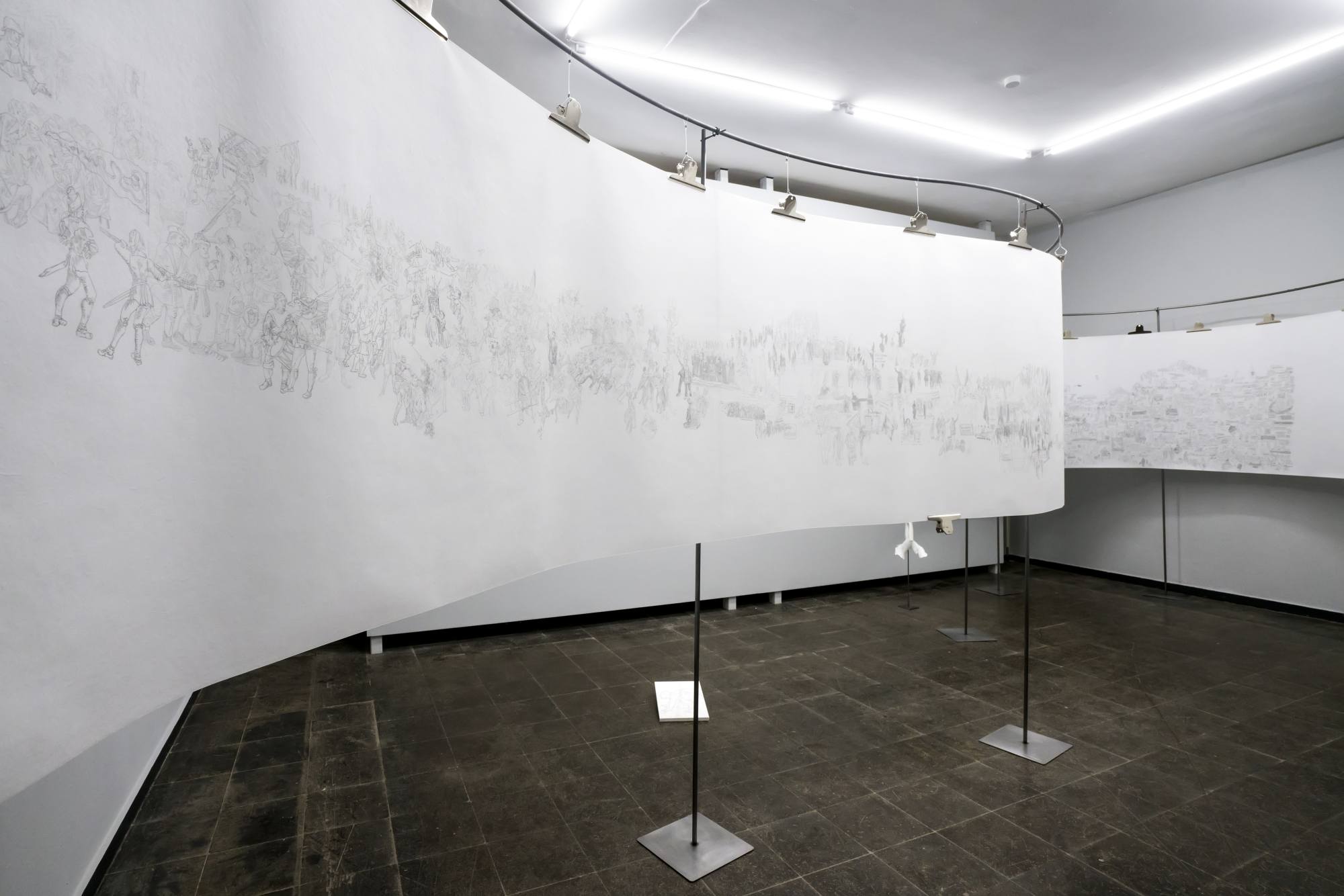
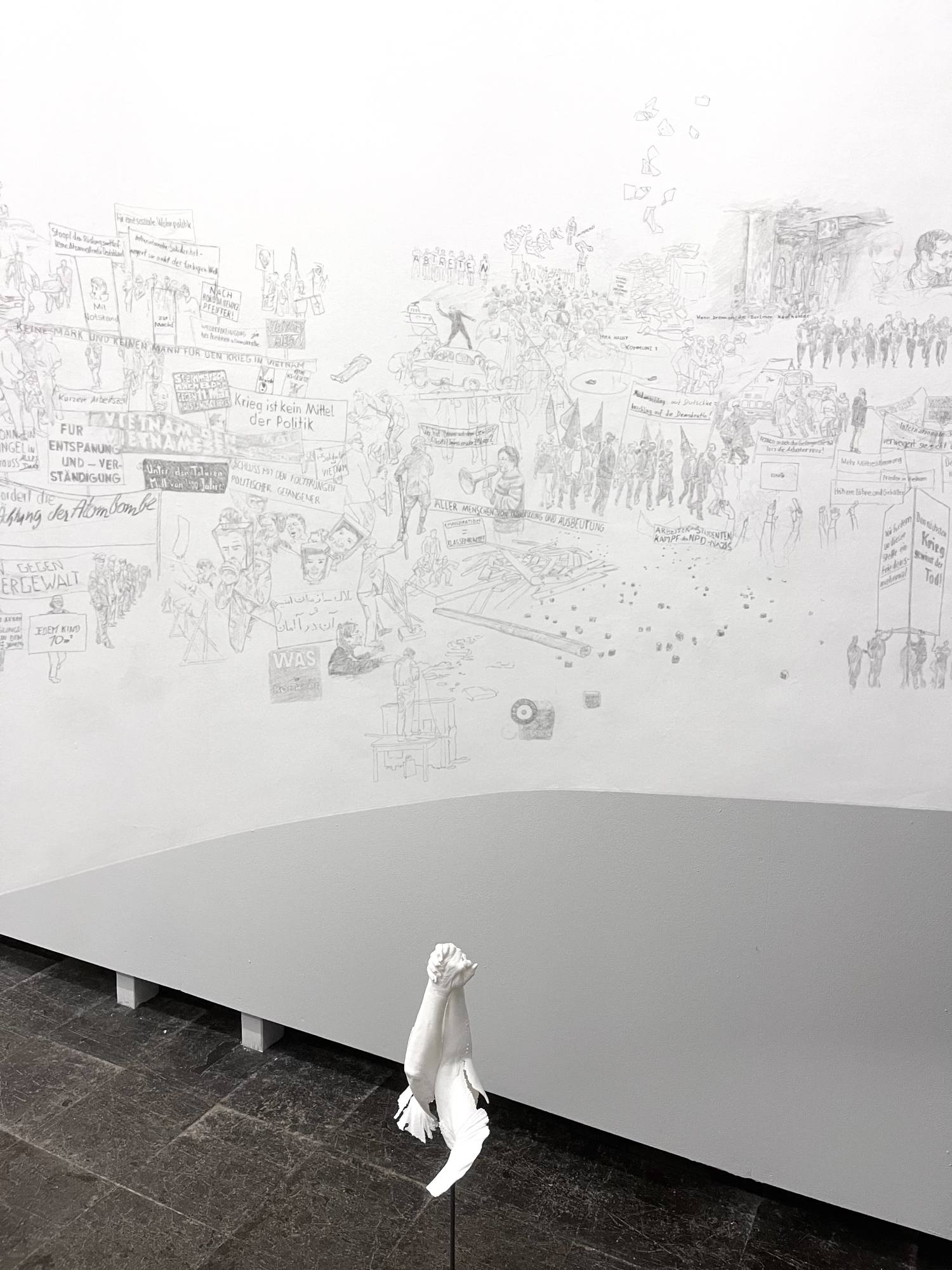
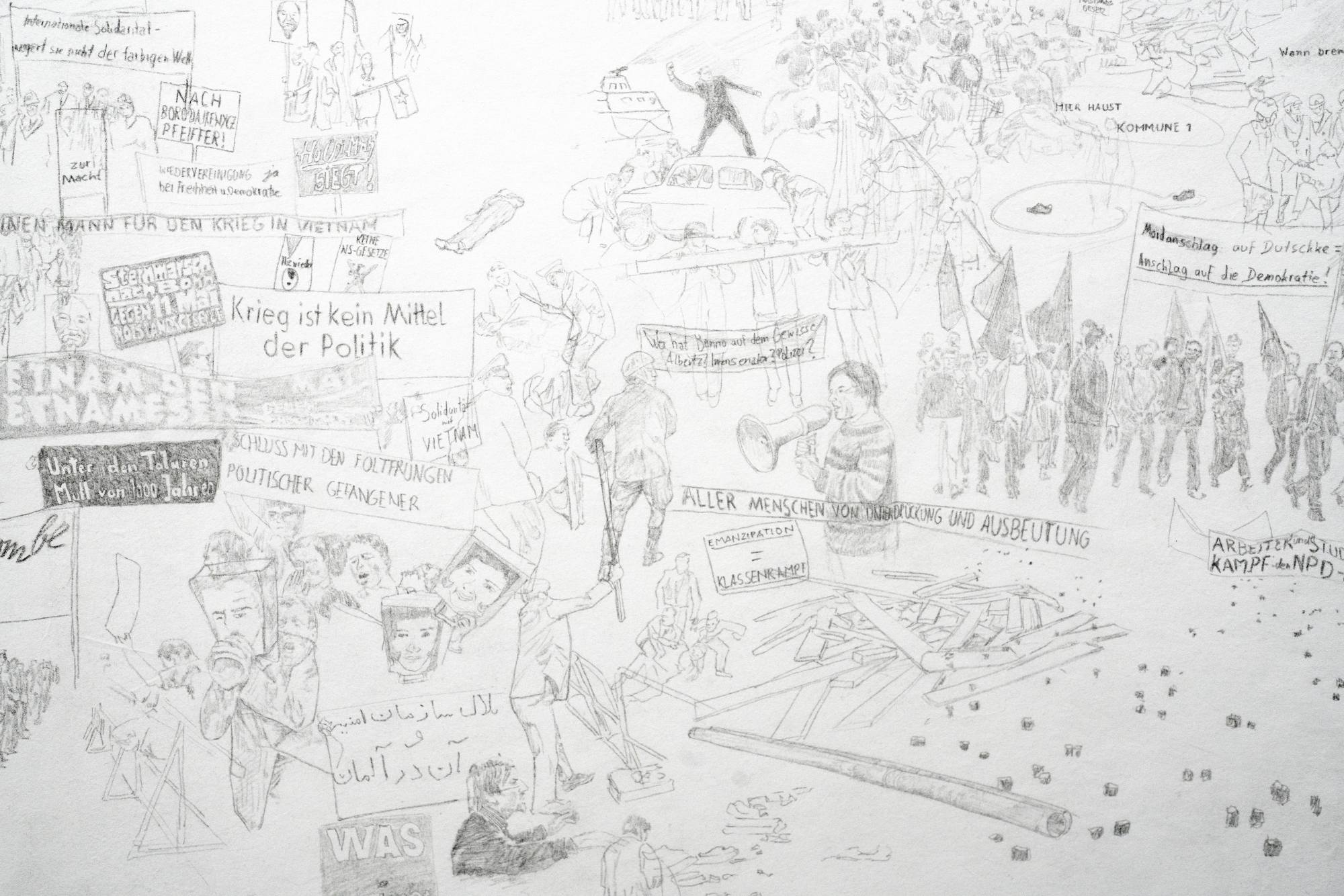
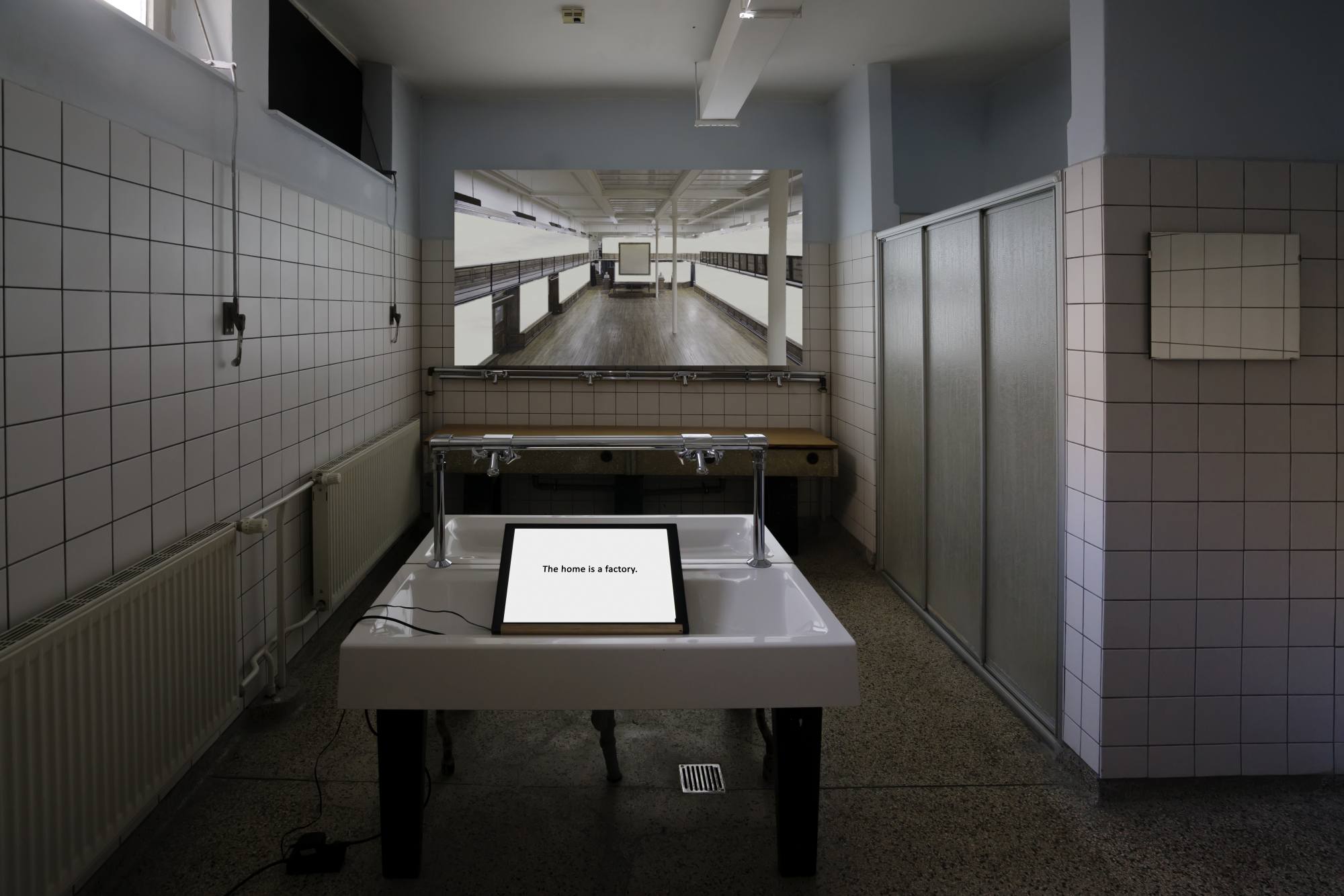
Programme
Vernissage
Fri 13 Oct 6 – 9 pm
Exhibition tour with the artists & guests +
wandering group discussion
Fri 10 Nov 6 – 8 pm
Please reserve your attendance at rsvp@frontviews.de
Finissage
Sat 11 Nov 6 – 9 pm
Tender Points
A group exhibition on how power inscribes itself in our bodies
The title Tender Points refers to 18 points located throughout the body which are used to diagnose pain disorder. It serves as a metaphor in the exhibition for areas of pressure and friction in society.
“Our social, economic and political system treats the population as a source of renewable energy, like the energy of the sun or of wind,” Boris Groys writes following Foucault's lead. Primary biological life processes such as birth and death have become integral to contemporary uses of power in liberal democracies relying on (self-)discipline rather than force. The outbreak of the Covid pandemic made these power mechanics tangible. It posed the question: Do we need to re-evaluate the roles of care work, personal agency, and healthcare in society? Are there free choices in the economies, entanglements, and hierarchies of the contemporary world?
The exhibition focuses on these inscriptions of power on human bodies. The artists explore diverse fields of knowledge - ranging from medicine to the gestures of protest, the design of inhospitable public spaces and police power.
Albert García-Alzórriz's video piece Das Schweigen der Organe is a diptych on the relationship between the human body and the latest hospital technology, focusing on the liminal situations where the real and the represented merge. With a hypnotic pace throughout, it documents an operation assisted by the da Vinci robot and a training session using an automated replica of the human body.
Timo Herbst´s interdisciplinary practice focuses on the physical expression of dissent and investigates gestures of resistance. The 10-meter-long drawing Ephemera traces the development of bodily gestures and themes in public protests in search of democracy in German-speaking countries from the 15th century to the present day. It is complemented by the 3D prints Positionings that recur at various points throughout the exhibition. These prints were realized together with Marcus Nebe. Together the two artists asked people to share a pose of how an opinion manifests itself in their bodies. They then scanned and finally 3D printed them with all the irregularities of the technology. The LED animations Geste in the staircase travel then through the interior of these bodies. By interweaving the forms of representation and materials of different times. Timo Herbst and Marcus Nebe interrogate our personal agency and empathy in relation to their contemporary political possibilities.
Julia Lübbecke’s video lecture Slight Discomfort 2 focuses on the questions of the so-called bodies to come and the spaces they may enable. Based on Kathy Acker's fascination with fragmenting bodies, McKenzie Wark's analysis of the Cis Gaze or Jack Halberstam's investigations into how the morphology of one's own body determines which spaces we are (allowed to) use, the potential of errors and incongruities are explored. These also shape the editing and visual composition of the lecture. To what extent can such glitches create other places, movements, and perspectives in which normative body politics are subverted, denied, and unlearned?
Viktor Petrov’s work Gazing at the Glazing plays with different interpretations of transparency. On the one hand, the installation refers to the material transparency of anti-riot shields which underlies their tactical use. On the other hand, it thus also addresses transparency as an organizational form of political governance. The point-fitted construction is inspired by the first curtain wall that was part of the architectural projects Grande Nation in Paris. The construction of glass façades has since become an integral part of the vocabulary of democratic representation, a symbol of liberal values such as visibility, participation, and openness. In Petrov’s installation, however, these representational clichés are suspended, lacking stability and protection.
Central to Jakub Šimčik’s work is an interest in the narrative and hybrid forms of documentary practices. For Tender Points Jakub Šimčik uses medical imaging techniques as documentary material. For this purpose, he has focussed on the wax moulage, a technique for the depiction of sick body parts which was widely in use between 1850 – 1950. Frau Widulin is a portrait of the pathologist Dr. Navena Widulin who works as a preparator and curator at the Museum of Medical History at the Charité Berlin. She is one of a small number of people who still work with the moulage. The two-channel installation “Musée des Moulages” guides the viewer through the spaces of the Paris institution of the same name. It counterposes the health and hygiene standards of 19th century Paris with the strains the semi-privatized health care system of Germany was put under through the outbreak of the Covid pandemic.
Margarita Wenzel has developed an interdisciplinary practice to approach her research topics in an explorative way. Her results are based on multi-layered research in scientific and cultural archives and have led Margarita Wenzel to university laboratories, disused tunnels, wastelands and high slag heaps. In her work about all dimensions Wenzel deals with the first demolished prefabricated concrete building in Halle-Silberhöhe, whose history is exemplary for the development of satellite towns in East Germany and the unresolved structural break of the post-reunification period.
Frontviews at HAUNT
Kluckstraße 23 A / yard
D - 10785 Berlin
Free Entrance
Public Transport
Bus Linie M48 or M85 from Potsdamer Platz/ Busstop
Lützowstr./Potsdamer Str. and a 4 minute walk // U-Bahn
Kurfürstenstraße Linie U1 and U3 and a 6 minute walk // M29 Busstop Gedenkstätte Dt. Widerstand and a 2 minute walk.
www.frontviews.de
www.hauntberlin.de
IG @frontviews_, @haunt_berlin
related links
Albert García-Alzórriz
Timo Herbst & Marcus Nebe
Timo Herbst
Julia Lübbecke
Viktor Petrov
Jakub Šimčik
Margarita Wenzel
